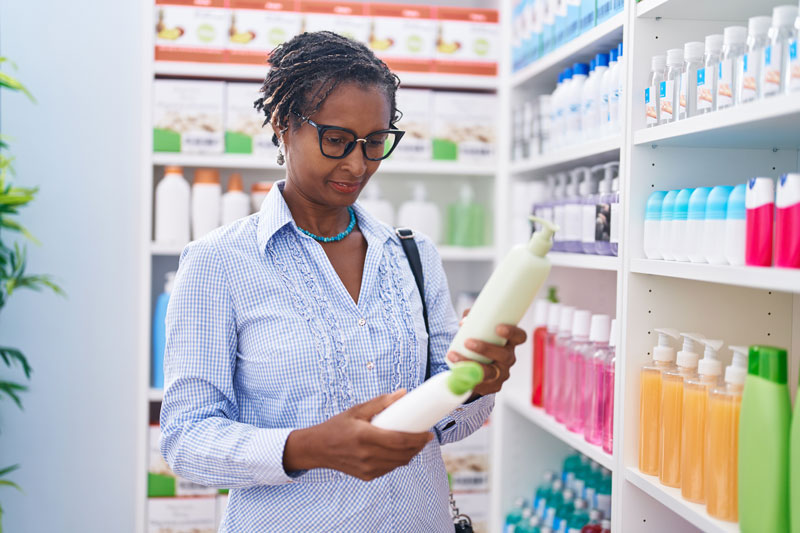The Modernization of the Cosmetics Regulation Act 2022
Safety Substantiation for the US under MoCRA
Safety Substantiation for the US under MoCRA
“tests or studies, research, analyses, or other evidence or information that is considered, among experts qualified by scientific training and experience to evaluate the safety of cosmetic products and their ingredients, sufficient to support a reasonable certainty that a cosmetic product is safe.”
Further defining ‘Safe’ as:
“the cosmetic product, including any ingredient thereof, is not injurious to users under the conditions of use prescribed in the labeling thereof, or under such conditions of use as are customary or usual. The Secretary shall not consider a cosmetic ingredient or cosmetic product injurious to users solely because it can cause minor and transient reactions or minor and transient skin irritations in some users. In determining for purposes of this section whether a cosmetic product is safe, the Secretary may consider, as appropriate and available, the cumulative or other relevant exposure to the cosmetic product, including any ingredient thereof.”
There are some key points; Firstly that there is no specifically prescribed qualification that is required, and that equally there is no specifically prescribed format or content for a Safety Substantiation under MoCRA. It is expected that current industry best practice, including detailed approaches required by Legislation in other parts of the World (such as the EU or UK) will likely fulfil this requirement. Relevant complaint to sale ratios are also likely to be considered in relation to the determination of whether mild or transient reactions or irritations are occurring in only some users as compared to a more widespread phenomenon.
Delphic HSE has over 15 years of experience in conducting safety assessments for cosmetic products around the world, to a number of different regulatory requirements, including the EU, US and China to name a few. We employ 30+ full time toxicologists who are trained and experienced in the safety assessment of consumer products, including cosmetics, and many of those toxicologists in addition to holding qualifications in Toxicology at Bachelors, Masters or PhD level, also hold professional qualifications, including UK Registered Toxicologist (UKRT) and Eurotox Registered Toxicologist (ERT), Diploma of the American Board of Toxicology (DABT), and Chinese Society of Toxicology (CST) status.
Delphic HSE also boast a completely bespoke in-house database including toxicological data of over 25,000 chemical substances and groups of chemicals, many of which are used as cosmetic ingredients, or which may be present as impurities in the manufacture of such substances. This data is used to define the toxicological endpoints of concern, such as the risk from local skin irritation, and skin sensitisation reactions, to systemic toxicity. Using exposure modelling based on authoritative data from International review bodies and peer reviewed publications, we are then able to determine the level of exposure to each substance during a reasonable and foreseeable usage of the products. Using well established methods we are then able to determine a suitable Margin of Safety (MoS) based on the predicted product exposure and known toxicity data. Where data does not exist for all toxicological data points we use next-generation risk assessment (NGRA) methods including computational modelling (in silico) such as QSAR (Quantitative Structure-Activity Relationships) and Read-Across to similar chemicals, consideration of in vitro laboratory studies, and a history of safe use (HoSU) in order to determine the level of risk, based on considering the weight of evidence available.
If a product requires specific precautions in order to ensure that the product can be used safely, or toxicologists will indicate the necessary warning statements which may need to appear on the product.
Delphic HSE use this well accepted approach in order to conduct a substantiation of safety for cosmetic products for the US market, and in the absence of any specific guidance, we use our expert judgement in order to justify the safety of these products when they are used by consumers. This will also include consideration of existing data, where a product may have been sold on a market for a number of years and reviewing the number of units of product sold, in relation to any reports of adverse health effects due to its use. Therefore, identifying if any reports of adverse effects can be considered as acceptable, based on the intended use of the product.
Delphic HSE has always adopted a ‘Gold Standard’ when it comes to product safety and regulatory compliance. Therefore, as part of the MoCRA Safety Substantiation service, Delphic HSE can also review the relevant federal legislation relating to any ingredients which may be prohibited or restricted from use in cosmetic products, as well as State specific legislation which applies to cosmetics. This would be an additional option, however, will be delivered at the same time our technical experts produce the MoCRA Safety Substantiation report.
Examples of these which are included in our US Safety Substantiation are; California Safe Cosmetics Act and California Proposition 65, New York Limits on 1,4-Dioxane in Cosmetic and Personal Care Products, and Washington Banned Cosmetic Ingredients lists. Therefore, ensuring that the product is not only compliant at a federal level, but confirming that it can also be sold in States which have additional requirements.
Therefore, our clients have x2 MoCRA Safety Substantiation options:
- MoCRA Ready Safety Substation service
- MoCRA Ready Safety Substation service+ (where we would include the state specific reviews)
Whilst MoCRA does not explicitly prohibit the usage of animal testing data as part of a Safety Substantiation, Section 3507 indicates that “it is the sense of the Congress that animal testing should not be used for the purposes of safety testing on cosmetic products and should be phased out with the exception of appropriate allowances”. There are already 11 States which have recently prohibited the use of animal testing for cosmetic products, and therefore information from new animal tests should not be used to substantiate the safety of cosmetic products. Delphic HSE, however, adopt the approach of adhering to the EU cosmetic animal testing ban dates of 2009 and 2013, and will therefore not use any data generated after these dates when considering any cosmetic safety substantiation for the US market.
The deadline for RPs to ensure they have suitable Safety Substantiation in place is the 29th December 2023 for every Cosmetic Product that is currently available in the USA. Evidence of Safety Substantiation for Cosmetic Products brought to the USA Market after this date is required to be in place at the time of Marketing.
If you would like to receive more information or a quotation on our Safety Substantiation services, please contact us here.

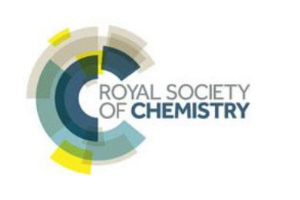

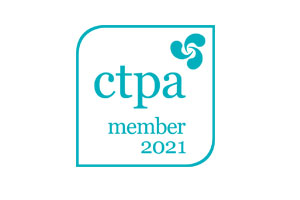
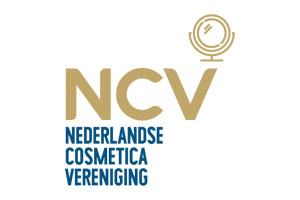
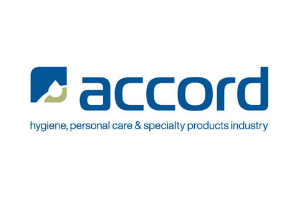
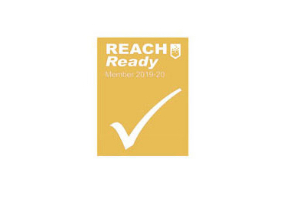
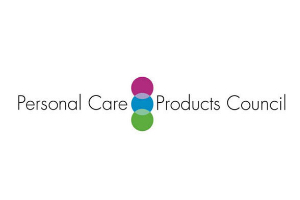

Delphic HSE is proud to be Cyber Essentials Plus certified
